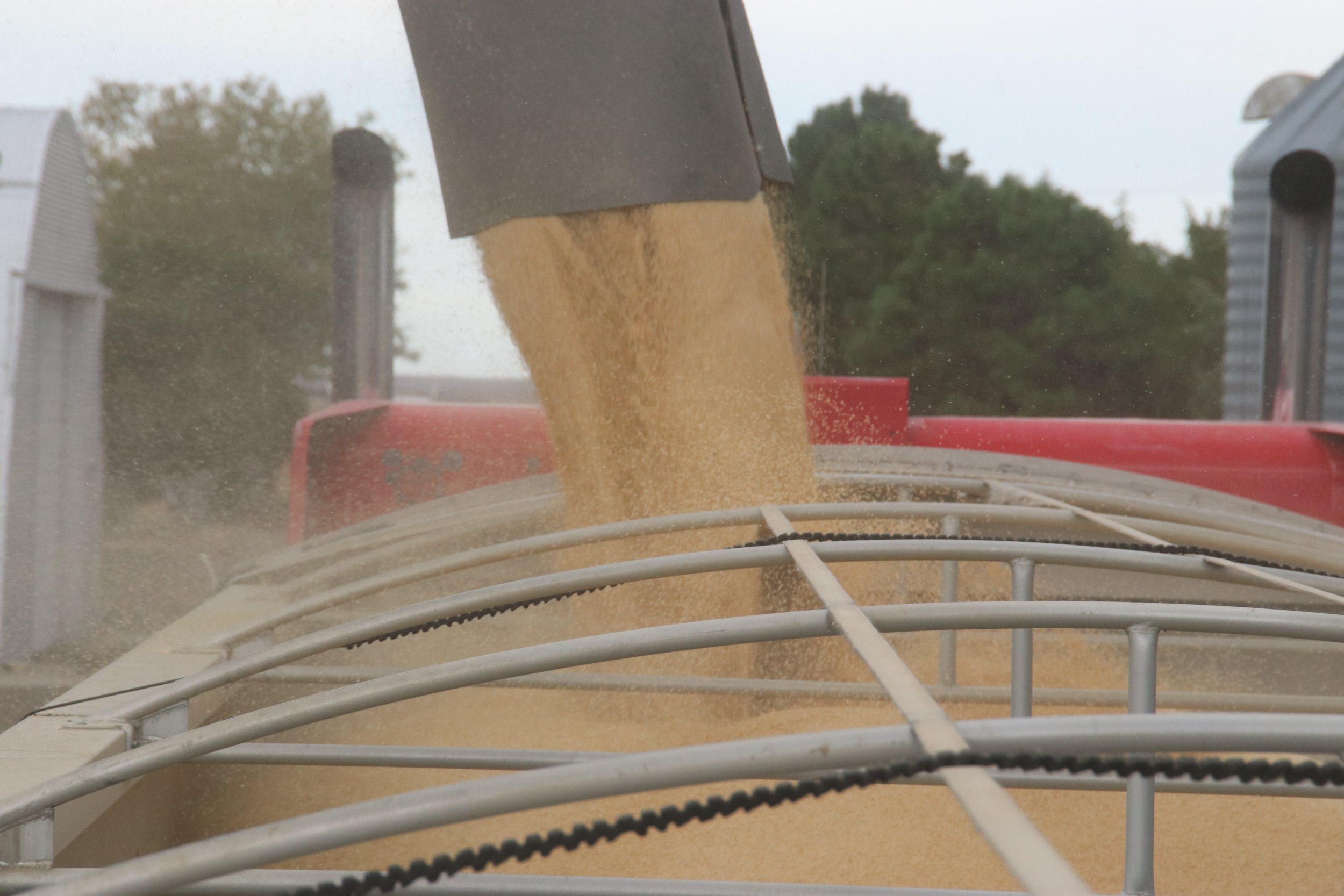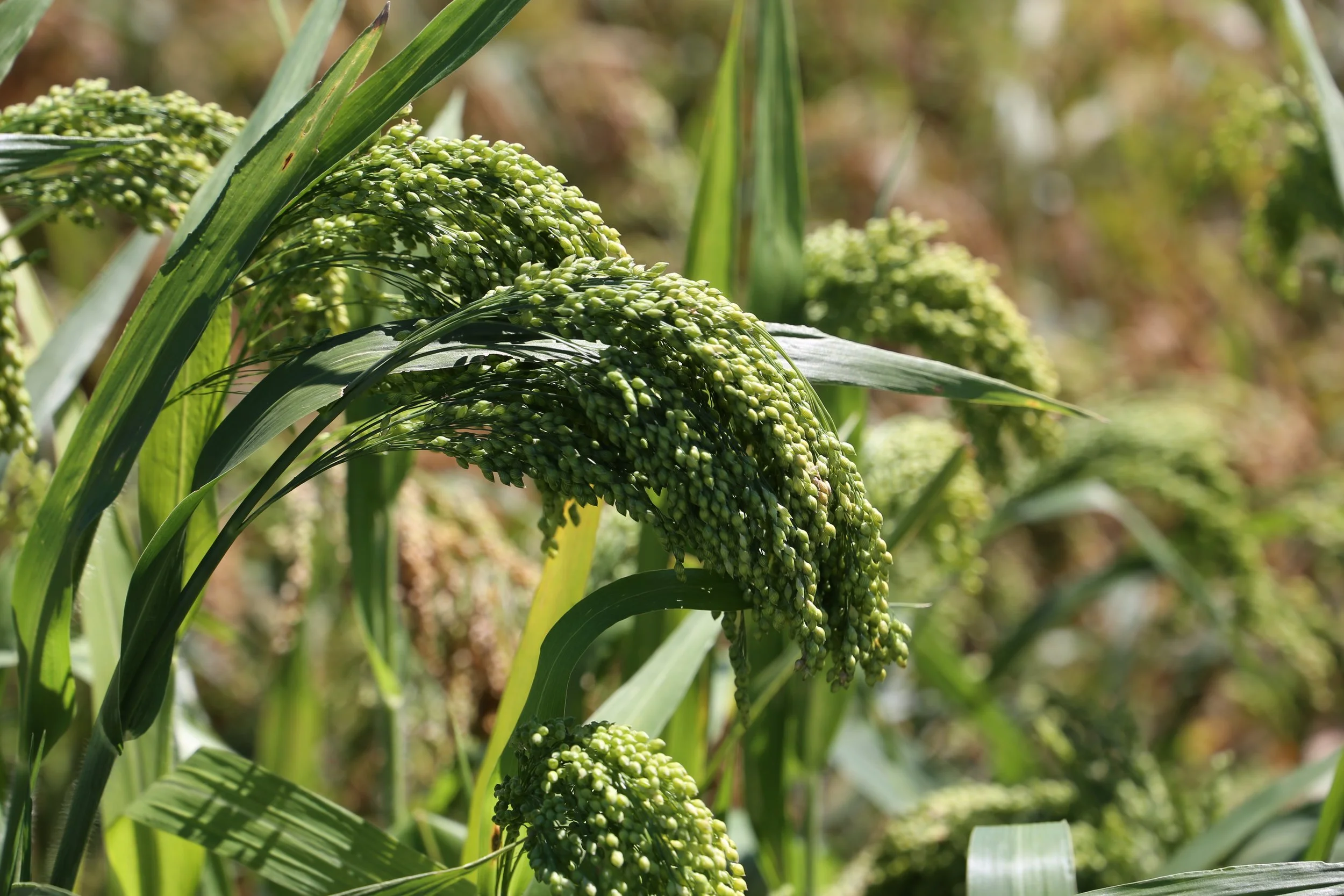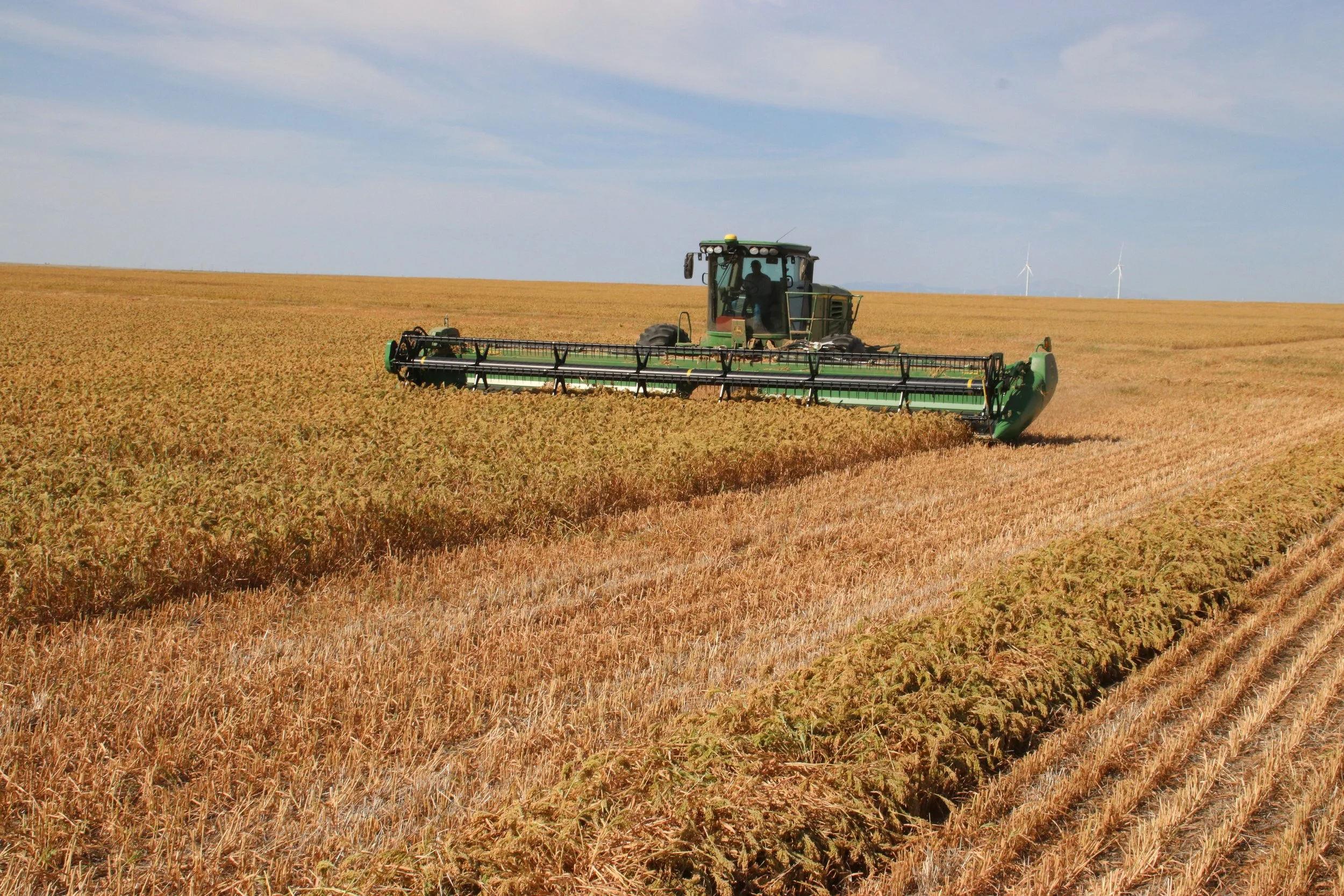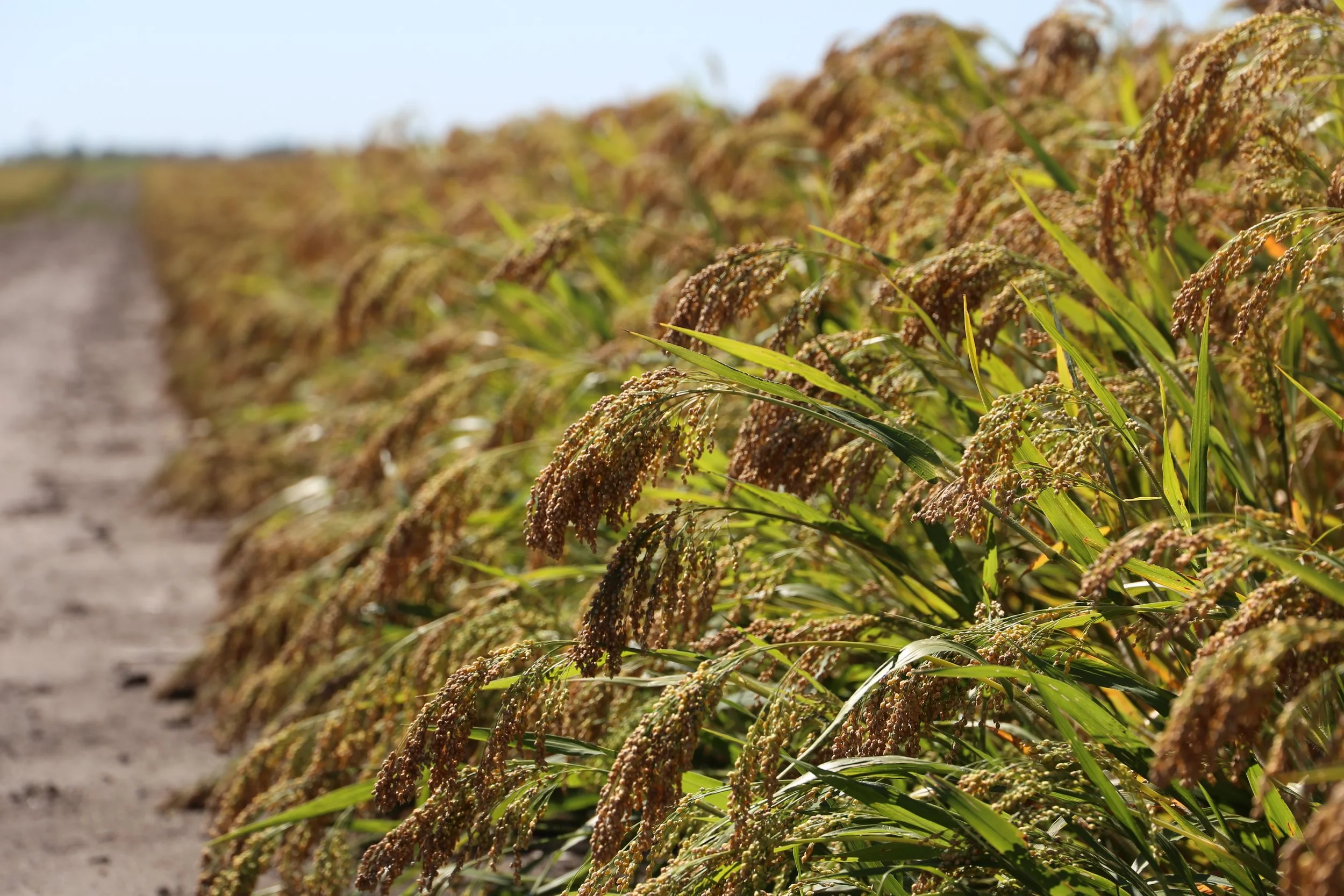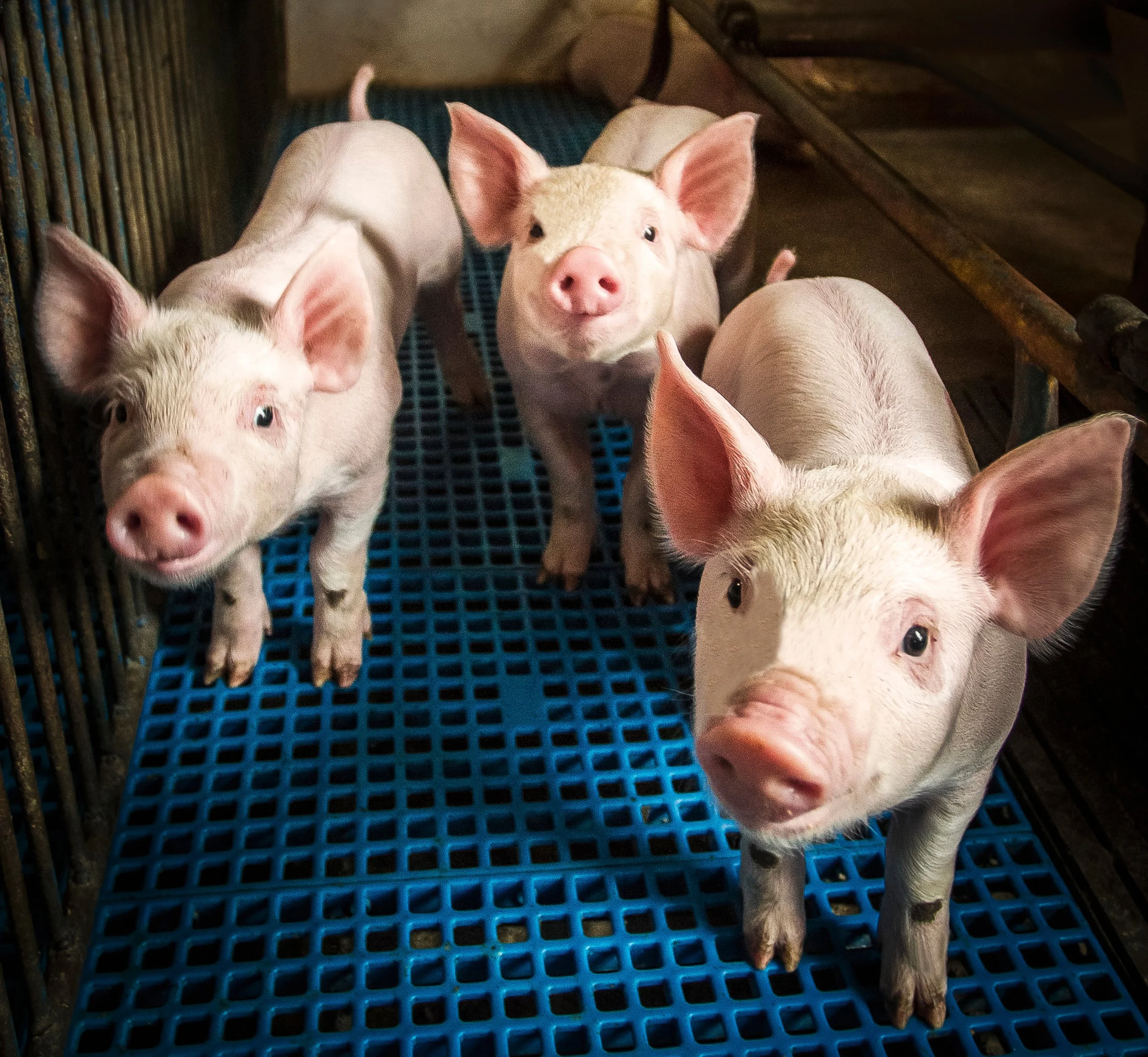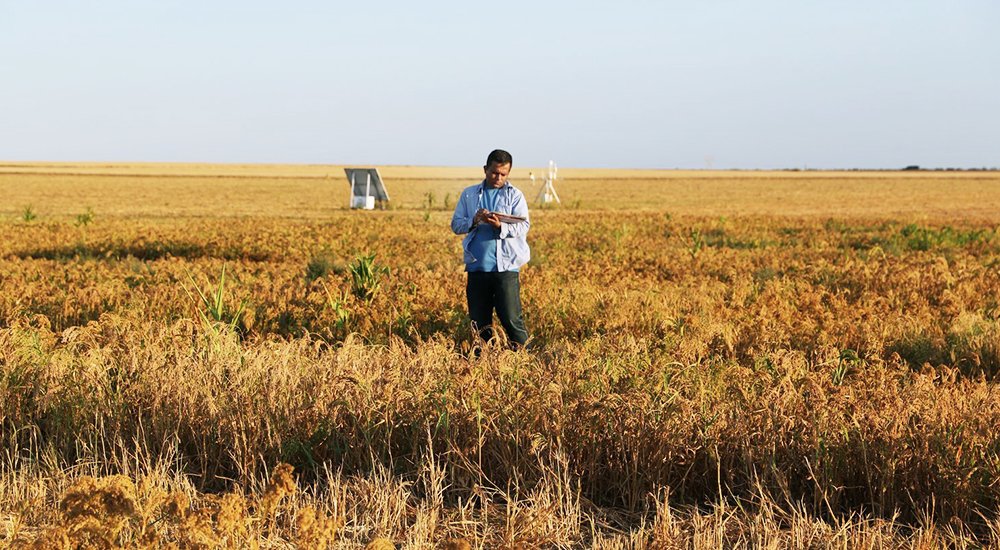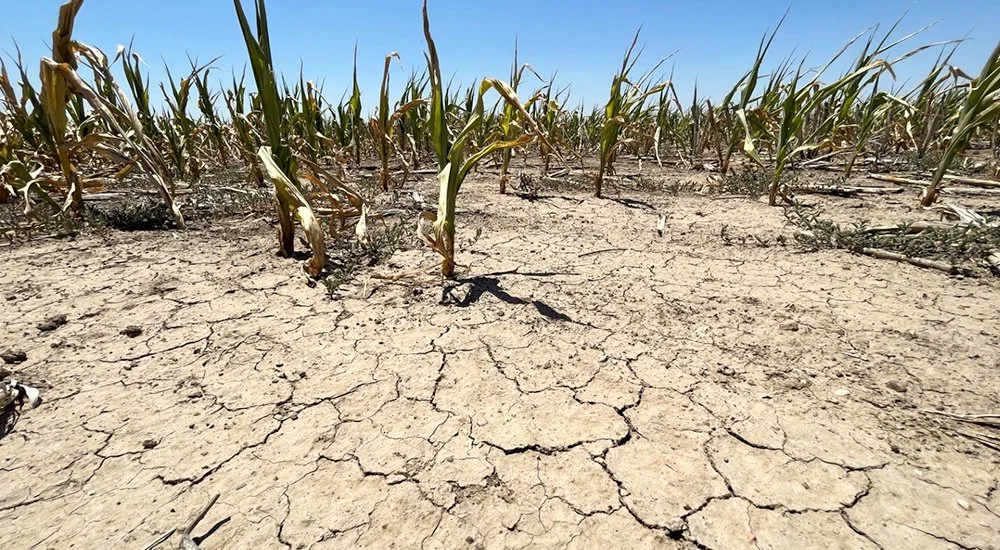Producing Proso Millet In The High Plains
Sandy, dry soil with little organic matter – not ideal growing conditions for most crops, right?
Farmers in the High Plains are looking for a crop to help drive profit margins across land that is plagued by drought. Though proso millet isn’t a solution to severe drought acres, many farmers across the states of Colorado, Nebraska, Kansas and South Dakota are adding this water-efficient grain to their crop rotation this year.
What Makes The High Plains Optimal For Producing Proso Millet?
The warm summer days of June can bring temperatures from 85-100ºF across the High Plains – ideal temperatures for planting proso millet. Though the temperatures are warm, the increased elevation in a majority of these states bring high temperatures without the humid air that really brings the heat. States within the High Plains receive around 14 hours of daylight, which is optimal for producing proso millet.
The conditions above ground aren’t the only reason the High Plains are an ideal environment for proso millet. Unlike the Midwest, where the soil organic matter is rich, the High Plains only has an organic layer that takes up 2% of the total soil in this region.
That being said, the limited organic layer makes it quite difficult to produce deep-rooted crops that require plentiful nutrients, like corn and sunflowers, across the High Plains.
In contrast to its small grain counterparts, proso millet is able to be produced with little organic matter, and has a rooting system that is only 4-5 inches in length. This shallow root system means this ancient grain only pulls water from the top layer of soil. And across an entire growing season, proso millet only needs 2-4 inches of rain to produce a profitable crop.
These combined benefits allow farmers to reduce their water usage with each crop for more sustainable production. Especially in an area battling continued drought conditions, such as the High Plains. This makes proso millet an ideal crop to rotate with winter wheat as it leaves available water and nutrients within the deeper layers of soil.
In all reality, proso millet is an ideal crop for the High Plains states, as the supply chain infrastructure is currently in place with 90-95% of U.S. proso millet being produced in these states.
From the High Plains, to the Midwest, and even out in Washington State on the Pacific Coast, this climate-conscious grain has potential to support food, feed and fuel for years to come. Want to learn more about our varieties and how you can join the millet movement? Let’s talk!

